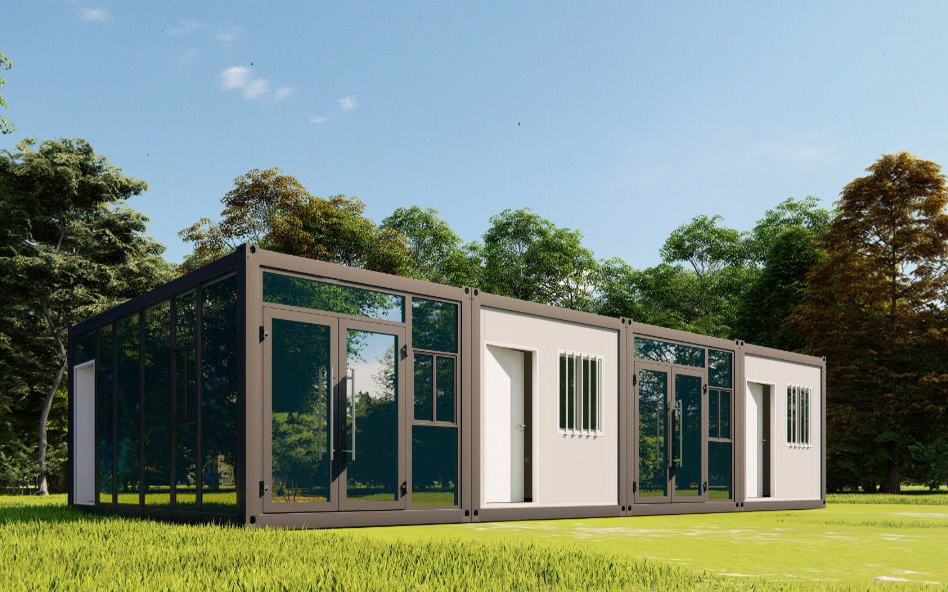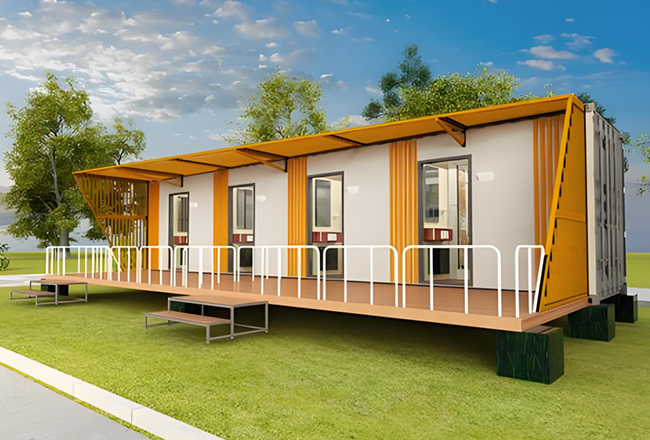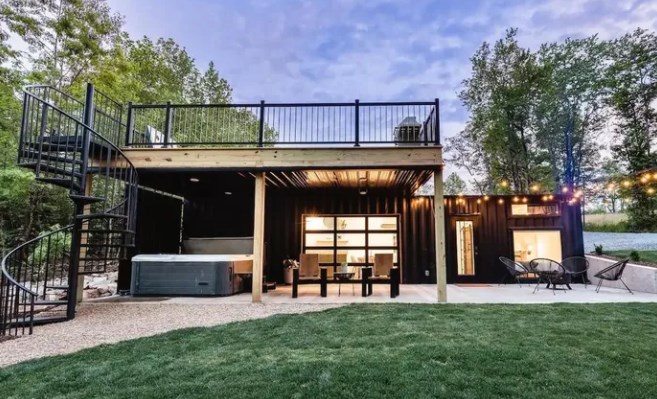What is prefabricated modular houses
1. What is modular building?
Since the 20th century, the urgent need for new housing has rapidly introduced modern construction methods (MMC). These approaches focus on the use of off-site construction techniques that can benefit from factory conditions and mass production techniques. As one of the most popular solutions, this is where modular buildings come in.
The Modular Building Institute describes modular building as a process that is designed to the same codes and standards under controlled factory conditions using the same materials as conventional building facilities, but in about half the time. Buildings are produced in “modules” that, when assembled on site, reflect the same design intent and specifications of the most complex site built facilities without compromise.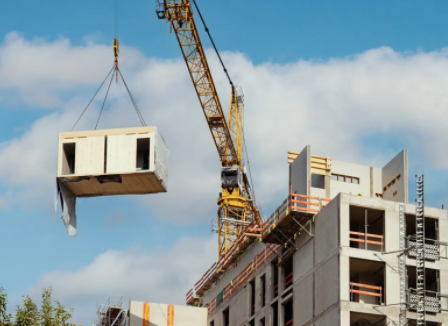
2. The rise of modular architecture
A few decades ago, the construction industry is faced with many challenges, such as waste, inefficiency, unsustainable history, common shortage of skilled Labour and industry productivity continues to decline, while modular construction has brought a fresh breath, and a lot of opportunities.
The rapid rise of modular buildings in recent years is mainly attributed to the following factors:
(1) Technological progress: The development of modern technology, especially in production, transportation and construction, has provided a wider range of possibilities for modular construction. Advanced manufacturing techniques and digital design make it easier to produce high-quality modules, while modern transportation networks make it easy to transport these modules from the factory to the construction site.
(2) Cost-effectiveness: Modular construction is usually more economical than traditional construction methods. Manufacturing modules in the factory allows for better cost control, and labor and time costs can be saved due to the faster construction speed.
(3) Sustainability demand: With increasing concerns about environmental impact, modular buildings are favored for their less waste generation, more efficient resource use, and better energy efficiency. It reduces the consumption of raw materials and allows for better control and management of environmental impacts during construction.
(4) Flexibility and customization: Modular buildings usually have a certain degree of flexibility, which can be customized according to the needs of customers, and can also adapt to different uses and environments. This flexibility allows modular construction has been widely used in various scenarios, including residential, commercial, education and medical care and other fields.
(5) Rapid response to needs: In some cases, such as emergency relief after a natural disaster, temporary housing needs or temporary office space, modular buildings can quickly respond to needs and provide temporary solutions.
Overall, technology, cost effectiveness, sustainability, flexibility, and the need for quick response demand factors such as driven by the rise of modular construction and the trend is expected to continue in the future development.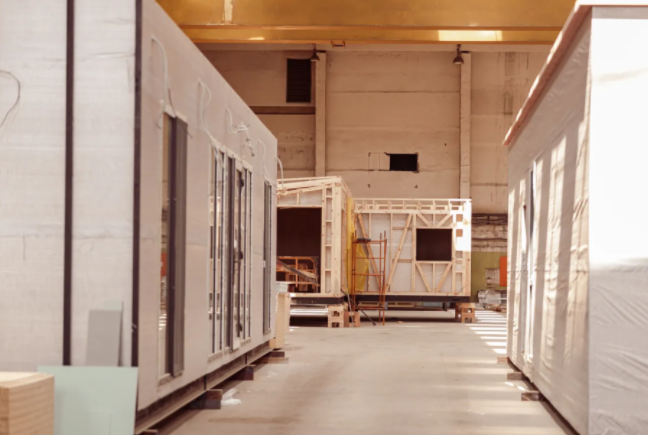
3. Government support for modular buildings
Although the benefits of adopting modular construction are clear today, industry professionals are calling for more government support, including funding grants and subsidies for developers using modular technology, as well as incentives through planning and regulatory policies.
Here are some common ways governments support modular buildings:
(1) Financial support and subsidies: the government can encourage enterprises and developers to adopt modular building technology by providing financial support, loan guarantees or subsidies. This financial support can be used for research and development, production, transportation, and installation of modular buildings.
(2) Enactment of regulations and standards: the government can formulate relevant regulations and standards to promote the development and application of modular buildings. These regulations and standards can include building design codes, building approval processes, quality standards for modular buildings, etc., thus ensuring the safety, reliability, and quality of modular buildings.
(3) Land policy and planning support: the government can support the development of modular buildings by formulating land policy and planning. For example, providing more land for modular building projects, simplifying land use planning procedures, and reducing land use taxes can all promote the development of modular buildings.
(4) Promotion and demonstration projects: the government can improve the awareness and acceptance of modular buildings through promotion and demonstration projects. The government can organize publicity activities, hold exhibitions, and issue policy documents to introduce the advantages and application cases of modular construction to the public and construction industry.
(5) R&D and innovation support: the government can support the R&D and innovation of modular building technology by funding R&D projects, setting up innovation funds and providing technical support. These supports can help enterprises to develop new modular building materials, technologies and processes, and promote the progress and development of the modular building industry.
All in all, the government’s support for modular architecture can be implemented in a number of ways, which helps to promote the development of modular construction and application, promote the transformation and upgrade of the construction industry.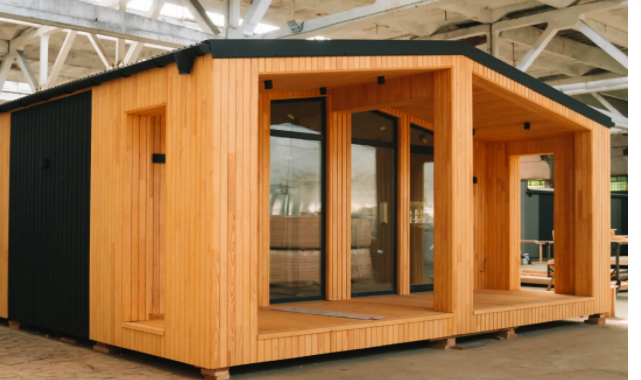
4. Main differences between modular architecture and traditional architecture
Conventional and modular buildings start in the same way: planning, design, approvals, site preparation and development are all required. However, they are not done in the same way. With modular buildings, users and building professionals have access to an end-to-end solution that stops the fragmentation of traditional buildings. With connected data flows, decentralized supply chains, and rapid design changes and approval rates, modularity is a blessing in curse.
For example, in traditional architecture, the foundation is laid, then the structure and walls are built, then the roof is added, and then the interior of the building is started, all steps in sequence. A defect list needs to be prepared and all issues resolved prior to delivery to the end customer. Only then will the building be officially completed.
As for modular buildings, while the foundations are laid on site, skilled workers already manufacture the buildings simultaneously in the factory, including interior and exterior finishes, electrical, plumbing, and flooring. Before the building was transported to the site, the factory had completed all checklists. The building is then transported, secured in place and keys handed over. Compared with the traditional construction method, this process can save up to 50% of the time, and more.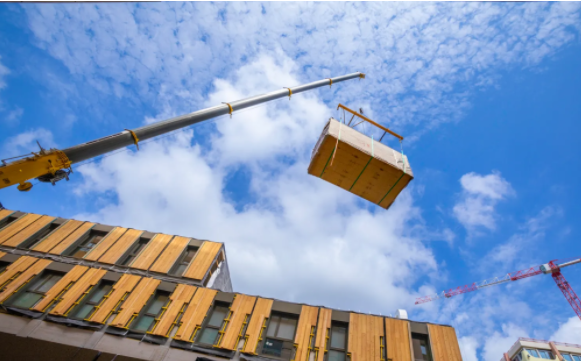
5.In addition, modular buildings solve the challenges faced by traditional buildings:
(1) through better resources and waste management to realize sustainable development
Since industrial and modular building facilities benefit from production duplication, such as assembly line manufacturing, construction processes consume less energy than conventional buildings.
Again, unlike on-site construction practices, the resources of these facilities are better handled and the waste generated is stored in a controlled environment that can be recycled and used for other projects. Waste was reduced by 20% to 40% in the plant controlled environment. This helps reduce the 135 million tons of construction waste that ends up in landfills each year.
In terms of sustainability, houses built by off-site factories leave less room for transport pollution, worker safety, reduction of construction waste and urban noise.
The sectoral approach also offers the possibility of continuous improvement, particularly with respect to climate impacts.
(2) Faster construction time
Modular construction can reduce construction time because construction teams can perform both foundation and foundation works in a controlled environment using repetitive techniques and convenient equipment.
Weather delays also have no impact on the timing of modular construction, so contractors can meet daily construction targets and easily avoid the common and unpredictable delays in site construction.
(3) Solutions to the housing crisis
While modular construction alone cannot solve the global housing crisis, it is a step in the right direction as it allows for the rapid construction of buildings with a range of affordable specifications that meet the basic need of turning a house into a home for anyone to live in.
As modular homes are freestanded structures with separate entrances, they can be built in clusters or stacks as needed, thus supporting efforts to maintain and build communities and maximize available space.
(4) Specialized labor force
By introducing industrialized buildings, the modular industry can provide a more profitable industry for potential new construction workers by providing more predictable work locations and hours, less labor-intensive work, a higher degree of technology integration in the workplace, and safer working conditions.
Anyhow, modular architecture in today’s popular in the construction field, its rapid construction, cost effective, quality control, flexibility and sustainability, help to improve the efficiency of the construction industry, quality and sustainable development.
